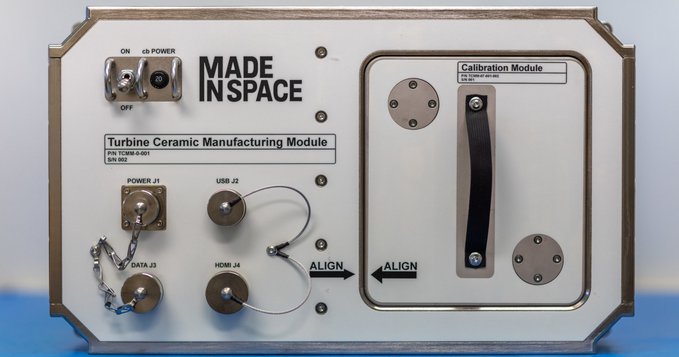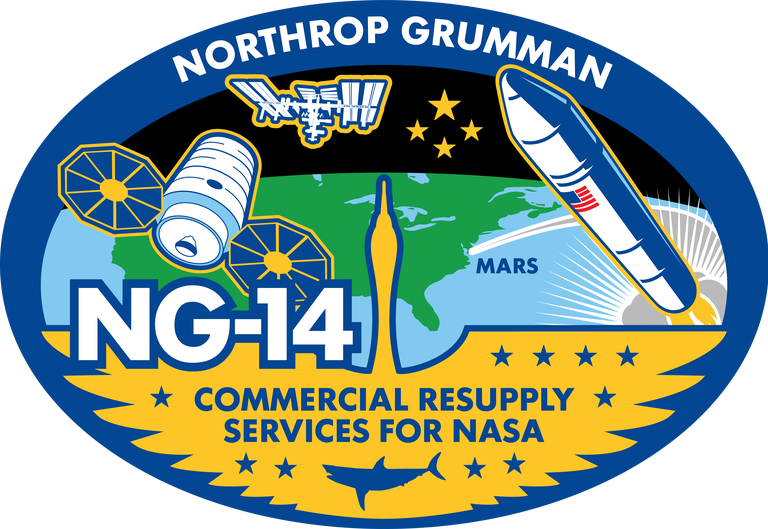
Another 3D printing technology will soon be aboard the International Space Station as Made In Space is set to launch SLA into space for the first time.
3D Printing In Space
Made In Space has made headlines for years for its off-Earth 3D printing ambitions, including the first 3D printer in orbit and the massive Archinaut project that is set to 3D print in space (not onboard a space station). After sending up a first 3D printer in 2014, MIS installed the Additive Manufacturing Facility (AMF) on the ISS in 2016.
The capability to 3D print in space has, apart from a massive cool factor, a great deal of real-world applicability. Astronauts may not always know exactly what they’ll need, what situations they’ll encounter, what mishaps may befall — so having the ability to create literally anything without carrying literally everything in costly payloads is a major benefit.
Those aboard the space station have had the capability to 3D print tools and even conduct bioprinting experiments as science and out-of-this-world manufacturing converge. Medical goods like finger splints can be made should an astronaut jam a finger (a pretty common injury), and eventually off-world habitation could be possible if in-situ 3D printing builds up dwellings on say the moon or Mars.
Ceramic 3D Printing In Space

The ISS is set to gain a new 3D printing technology soon as MIS will launch ceramic capabilities into space next week, adding its fifth launched manufacturing facility sent to the space station.
MIS will be launching its new Turbine Ceramic Manufacturing Module (CMM) this month. The CMM is described as “a commercial in-space manufacturing device designed to demonstrate proof-of-principle single-piece ceramic turbine blisk manufacturing in microgravity for terrestrial use.”
A turbine blisk, per Wikipedia, is a portmanteau of “bladed disk”: “a turbomachine component comprising both rotor disk and blades. It consists of a single part, instead of an assembly of a disk and individual, removable blades… Blisks may also be known as integrally bladed rotors (IBR).”
The CMM will 3D print in space ceramic turbine blisks that will be sent back to Earth for on-world applications. Turbine blisks require high-precision manufacturing — an excellent fit for not just 3D printing, but specifically SLA technology. This process, conveniently, is compatible with ceramic materials.
The blisks made onboard the ISS will serve as a proof-of-concept for the process of microgravity 3D printing to produce these parts, as those conditions may actually be better for their manufacture. Removing gravity from the production equation may “produce parts with better performance including higher strength and lower residual stress, due to a reduction in defects caused by gravity, such as sedimentation and composition gradients,” the MIS release indicates.
“The ceramic manufacturing technology that Made In Space is sending to the space station represents an expansion of commercial capabilities on orbit. The new capabilities that we are developing, with NASA and our technical partners, can yield game-changing innovations to deliver terrestrial benefits through space enabled manufacturing,” said Matthew Napoli, Vice President of In Space Operations at MIS.
Those technical partners include HRL Laboratories and Sierra Turbines. NASA’s involvement includes a partnership with their ISS Research Integration Office at Johnson Space Center. That partnership, as it turns out, is commercially-minded; the CMM is just one of three pilot payloads the partners have developed “that will look to catalyze and scale demand for commercial capabilities in LEO [low Earth orbit] by producing high-value products for terrestrial use.”
Commercialization seems in line with MIS’ recent strategies, as the company’s acquisition earlier this year by Red Wire indicates a focus on the economics of in-space manufacture.
“This mission is an exciting opportunity that further demonstrates the value of the ISS as a platform for commercial innovation and utilization. Through our partnership with NASA, we are identifying and developing advanced manufacturing processes on orbit that could yield sustainable demand from terrestrial markets. CMM is the first of several missions that could signal a new market for space enabled products,” said Michael Snyder, Chief Engineer of Made In Space and Chief Technology Officer of Redwire.
The CMM will launch as part of a commercial resupply mission planned for September 29. That mission, NG-14, is Northrop Grumman’s 14th such mission.
Northrop Grumman explains of NG-14:
“For the NG-14 mission, the Cygnus spacecraft will deliver approximately 3,629 kg (8,000lb.) of cargo to the space station…. In keeping with company tradition, each spacecraft is named after an important figure in the aerospace industry. Northrop Grumman is honored to name the NG-14 Cygnus spacecraft after the first woman of Indian descent to fly in space, Kalpana Chawla. The S.S. Kalpana Chawla will be launched into orbit using an Antares 230+ rocket from Virginia Space’s Mid-Atlantic Regional Spaceport (MARS) Pad 0A on Wallops Island, Virginia.”
Via Made In Space and Northrop Grumman
